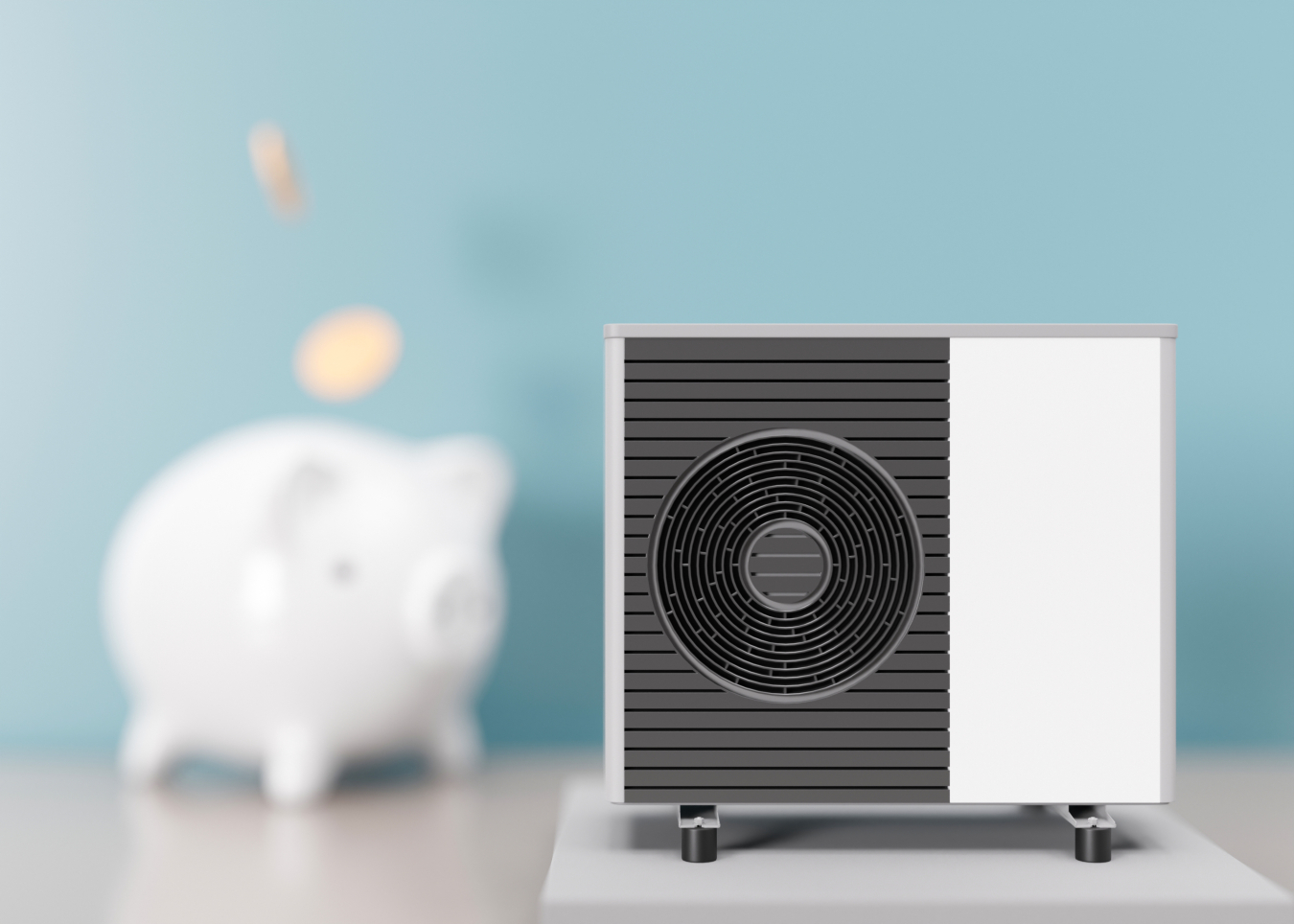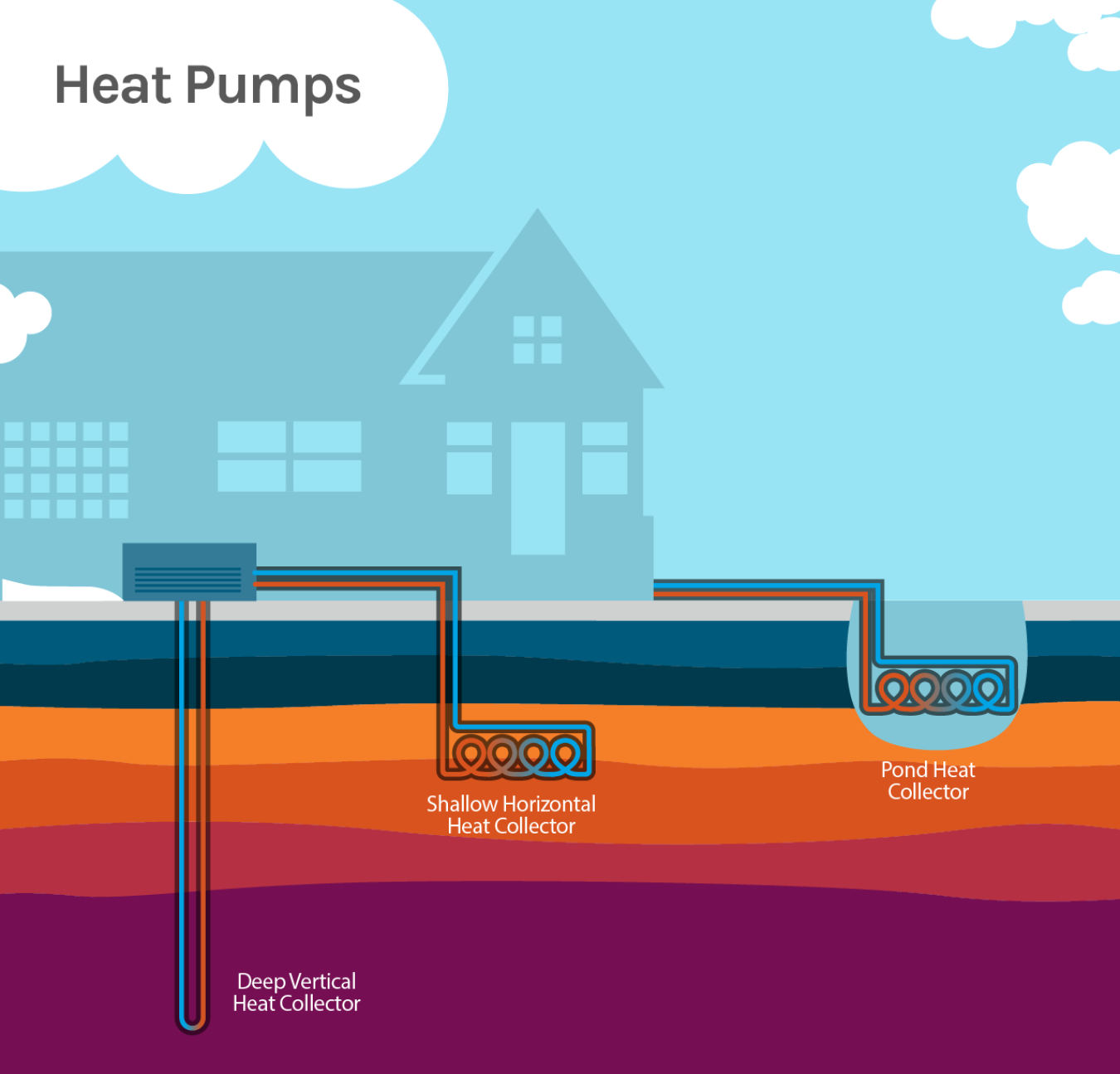Heat pumps are increasing in popularity; as of 2020, over 17 million housing units had them installed. Heat pumps are helpful year-round, because they provide cooling in the summer as well as heating in winter.
May 30, 2023
Heat pumps are increasing in popularity; as of 2020, over 17 million housing units had them installed. Because they provide cooling in the summer as well as heating in winter, heat pumps are helpful year-round. Now, they already account for more than half of all residential heating equipment sales across the United States. Today we’re going to break down how they work, why Americans are upgrading to them, and how they can help save you money — via tax credits and rebates!
How They Work
Heat pumps are an energy-efficient alternative to furnaces and air conditioners. Like your refrigerator, heat pumps use electricity to transfer heat from a cool space to a warm space. During cold seasons, heat pumps move heat from the cool outdoors into your warm home. During warmer seasons, they move heat from your home into the outdoors. Because heat pumps transfer — rather than generate — heat, they are significantly more efficient than traditional heating systems.
There are two main types of heat pumps connected by ducts: air-source and geothermal, which differ in where they collect heat from (air, water, or the ground outside your home) and concentrate it for use inside.
Air Source
The most common type of heat pump is the air-source heat pump, which transfers heat between your home and the outside air. Modern air-source heat pumps can reduce your electricity use by 50% compared to furnaces and baseboard heaters. Until recently, they haven’t been used in areas that experience subfreezing temperatures for extended periods of time; now, they're a legitimate option for colder regions due to advancements in air-source heat pump technology.
Air-source heat pumps are also now available for homes without ducts, using a ductless version called a mini-split heat pump. Another kind of air-source heat pump is called a “reverse cycle chiller,” generating hot and cold water instead of air and compatible with radiant floor heating systems in heating mode.

Geothermal heat Pumps
Geothermal (ground-source or water-source) heat pumps transfer heat between your house and the ground or a nearby water source. They cost more to install but have low operating costs because they take advantage of relatively constant ground or water temperatures.
Sturdy and reliable, geothermal heat pumps can reduce energy use by 30%-60%, control humidity, and fit in a wide variety of homes. Compared to other types of heat pumps, they can also be used in more extreme climates.
You can learn more about the different kinds of heat pump systems — and which one might be best for you — at our Energy Saver site.
Why should you upgrade to a heat pump?
Minimizing Environmental Impact
Heat pumps use electricity to transfer — rather than create — heat, making them much more efficient than traditional HVAC systems. Depending what heating equipment you’re upgrading from, you could save up to 7.6 tons of carbon emissions per year. With millions of households choosing a heat pump each year, those tons add up to a meaningful impact for our climate. Show your appreciation to our Earth by choosing the clean energy option!
Lower Energy Bills
Less energy usage = lower utility bills. Depending on the size of your home, local climate, and how energy efficient your home is, savings can average over $500 per year. Pairing weatherization measures such as insulation with a heat pump can help you save even more – you can learn about incentives for insulation and other technologies in our Energy Savings Hub. When you’re shopping around for a heat pump, make sure to reference EnergyStar.gov for government-certified products to maximize your energy savings.
Tax Credits & Rebates
Through President Biden’s Investing in America Plan, homeowners are now eligible for tax credits when they install an air-source or geothermal heat pump: up to 30% federal tax credit on the total cost of buying and installing a heat pump. Soon, states will be able to provide residents with additional rebates to save money off the cost of heat pumps — with low-income residents eligible for particularly high savings.
Where Do I Start?
Upgrading to clean technology without first ensuring that your home is properly weatherized, or protected against energy loss, can undercut your efforts and eat into your potential savings. A home energy audit will give you a personalized roadmap, tailored to your home and environment, that will help you get the most bang for your buck.
Through President Biden’s Investing in America plan, you may be eligible for a 30% tax credit (up to $150) on your professional home energy audit. To claim this credit, simply submit IRS Form 5695 when filing your 2023-2032 taxes.
Learn more ways to save money while also saving the planet at our Energy Savings Hub, and check out our blog post addressing misinformation on DOE appliance standards.


